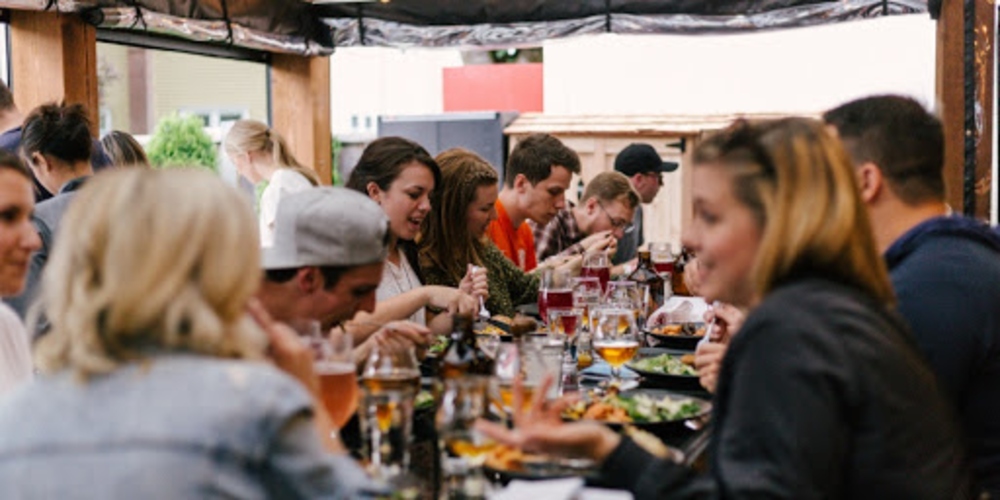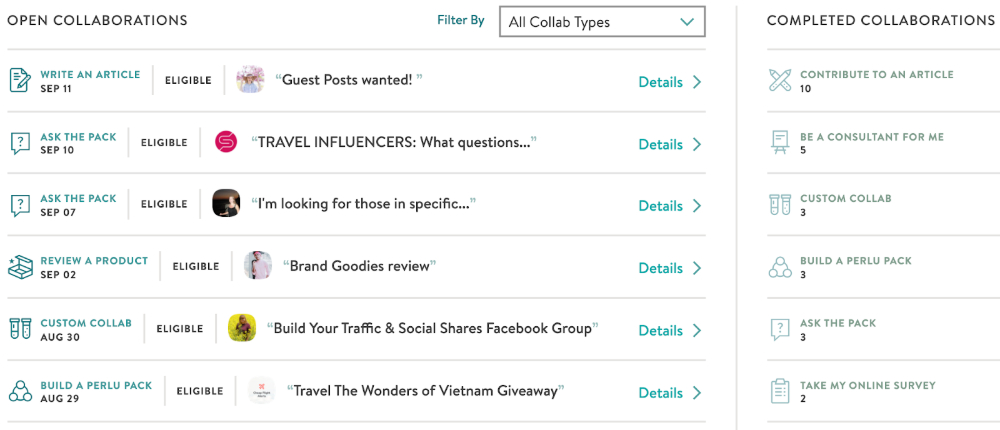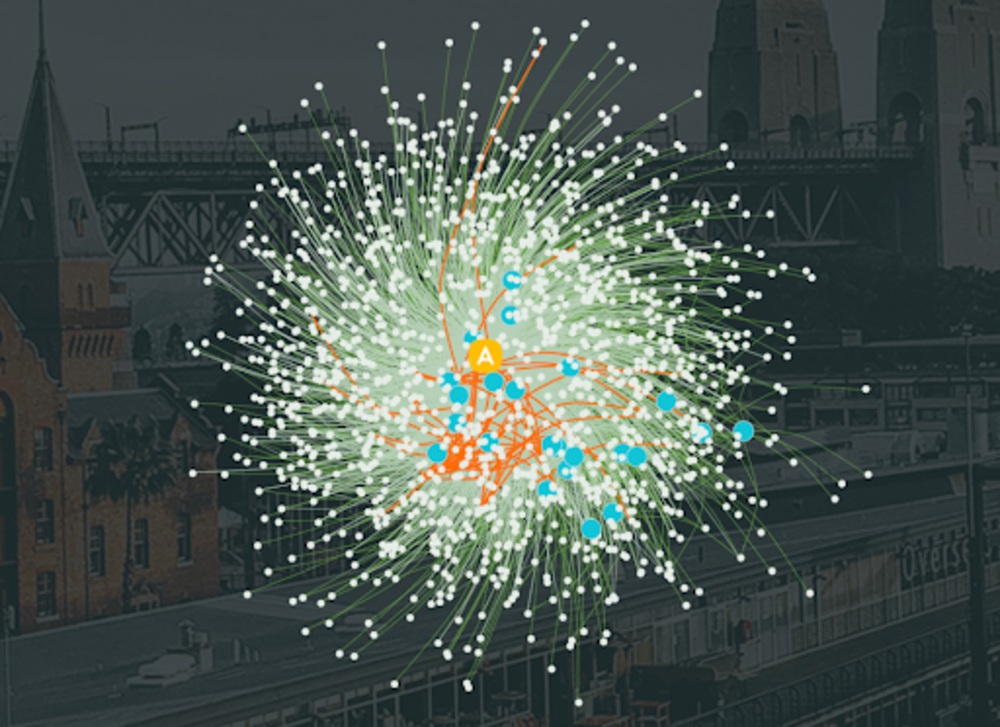Let’s start with a story. Imagine a brand – well established in their industry, by no means a clueless company – deciding to try their hand at influencer marketing. They find an influencer they think is awesome with a six-figure follower count who matches their brand perfectly. Everything seems to be going well…until they realize they’re seeing zero ROI.
Turns out the influencer was a fake. (Cue the sad trombone.)
With influencer marketing on the rise, this type of thing is happening more and more often.
Influencer marketing isn’t going away anytime soon – it’s only growing, which means it’s increasingly important to be able to differentiate the real from the fake influencers. Here are four things to watch for.
Suspicious Follower Counts
First thing’s first: real influencers don’t buy followers. A dramatic increase in someone’s follower count might signal that their followers have been bought, not earned. And there are plenty of platforms out there that automate this process, helping influencers gain hundreds or thousands of followers at once.
But detecting a dramatic increase in followers can be difficult unless you’re constantly keeping an eye on the numbers. So the best way to tell if followers have been bought? Look at the followers-to-following ratio on the influencer’s profile. If the number of followers is close to the number of followed they could be purchased and therefore fake.
(Note that this applies to micro and mega influencers more than nano influencers. Many people on Instagram follow a thousand or more followers. So if you’re looking at a nano influencer with 2,000 followers who follows close to 2,000, it’s not necessarily suspicious.)
Follower Engagement
One good way to check an influencer’s validity is to check their engagement, including likes and comments. On Instagram, for example, only a small portion of an influencer’s audience will see or like their photo, from 1-5%.
If they get a massive number of likes on their posts that nearly equals the number of followers they have, they could have bought the likes to “boost” their engagement rates. Comments can also be bought, so check to see if they’re genuine and related to the comment. A bunch of comments like “Nice pic!” or “I love it!” or irrelevant emojis could be signs that they were purchased.
Community Engagement

Checking engagement and follower counts are good ways to detect fakes, but they’re not always practical – especially if you’re working with multiple influencers.
If you could only see what influencers are doing on the daily – who they’re interacting with, what kind of work they’re producing – you’d know right away if they’re real or not.
This is one of the top signs of a quality influencer: community engagement.
Real influencers are involved and engaged with their online community – not just with their followers, but other influencers and brands, too. Do they respond to their followers? Do they do collabs with other influencers? Do they go to events? Are they tagged in other influencers’ or brands’ photos?
These are some of the questions you should be asking when you consider the community engagement of your potential influencers. Fake influencers are only concerned with numbers. Real influencers put effort into cultivating a community. And that community, in turn, validates their authenticity.
Next-Level Fake Detection
Tapping into this community can be difficult, considering most influencer marketing platforms are focused on metrics and follower counts. So, to take your efforts to the next level, you should get on an influencer marketing platform that shows you more than just metrics. For example, this platform not only gives you access to audience size but it also allows influencers and brands to give each other public ratings based on the quality of collaborations.
The influencers are able to join Packs based on niches that they’re interested in, and within those Packs, you can see what kind of collaborations are going on between influencers and brands to see who is actually producing high-quality content.

Perlu also verifies its users and allows you to connect and chat with them. When publishing a Collab, you can then set qualifications for audience size, domain rank and more to make sure you only get the most qualified applicants.
The Perlu network takes it all a step further, showing you who is real based on who they’re connected to. You can even see a “map” of their network.
Just take a look at Meg Jerrard’s network. It’s clear that Meg is well connected – she’s smack dab in the middle of all those dots.

Members on the outer edge, though, might be fake because they are disconnected. So with this one visual, you’re able to tell how engaged someone is within their community.
It’s like LinkedIn – you’re known by who you surround yourself. And influencers like Meg who are surrounded by hundreds of other influencers? You better believe they’re high quality. No more sorting through a ton of fakes!

